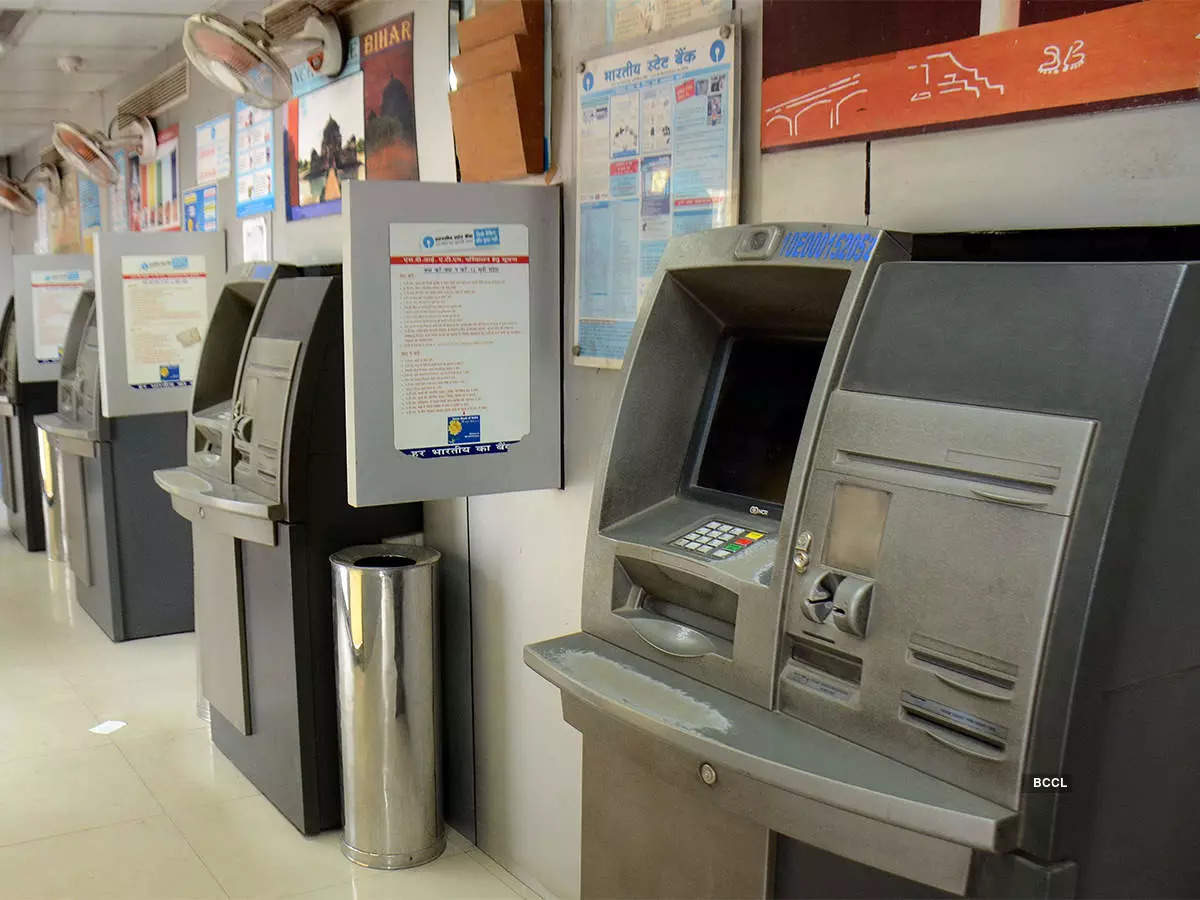The Reserve Bank of India (RBI) has extended the validity of Vakrangee’s authorization to set up, own, and operate White Label ATMs in India.

What exactly is a White Label ATM?
- ATMs are typically managed by banks. White Label ATMs, on the other hand, are owned and operated by non-banking entities.
- Customers can use ATMs operated under this business model for banking transactions regardless of which bank they have an account with.
- Under the Payment and Settlement Systems Act of 2007, the RBI approved the operation and inclusion of WLA ATM by non-banking organisations.
- It was designed to help expand India’s ATM network, particularly in semi-urban and rural areas.
How does it function?
- White Label ATM providers collaborate with banking networks to enable bank customers to use banking services such as cash withdrawals, bill payments, and cash deposits.
- White Label ATM (WLA) operators charge card-issuing banks fees in order to provide this service to the bank’s customers.
- A lending bank, a sponsor bank that handles settlements, and an ATM network provider are involved in the transaction process in White Label ATM operators.
- The cash facility for the White ATM is provided by the Sponsor bank.
Significance of WLA: Financial Inclusion
- Financial inclusion refers to the availability of financial services and adequate financing to low-income people and other vulnerable groups in society.
- ATMs promote financial inclusion by providing customers with a variety of banking services at any time and in any location.
White Label ATM Operators in India
- Non-banks set up and operate White ATMs in accordance with the RBI’s guidelines for using ‘other bank’ ATMs.
- These ATMs accept all domestic debit cards and, depending on the location, offer the first five or three transactions per month for free.
- Some companies that operate white label ATMs are listed below:
- Indicash – India’s largest White Label ATM network responsible for ‘uberisation of ATMs.’
- India1 Payments (BTI Payments Pvt. Ltd.)
- Hitachi Payment Services Pvt. Ltd.
- Tata Communications Payment Solutions Ltd.
- Vakrangee Limited
Benefits of White Label ATMs
There are numerous advantages to using White Label ATMs:
- White Label ATMs benefit customers because they eliminate the need to visit a bank branch on a regular basis. • ATMs are available 24 hours a day, seven days a week, including holidays.
- Banks benefit from this because they do not need to keep a large staff/office (compared to a system without ATMs). It reduces their branch’s operational costs.
- It allowed any bank to issue ATM cards that can be used at White Label ATMs.
- WLA atm also provides mobile recharge, energy bill payments, and other value-added services.
Limitations of White Label ATMs
There are also a few limitations of White Label ATMs:
- A major source of concern is the issue of failed transactions. In the event of a dispute, the dispute resolution method will include three entities: the WLA operator, the sponsor bank of the WLA operator, and the customer’s bank.
- Customers will be discouraged by the cost issue because they will have to pay a fee to use the White Label ATMs because only a limited number of free transactions are permitted on the WLAs.
- The financial viability of white label ATMs is questioned due to their low interchange charge and high operational expenses.
- If a bank-managed ATM is located in the same area as a WLA ATM, the White Label ATMs may be unable to generate a profit.
Source: https://www.livemint.com/money/personal-finance/are-white-label-atms-any-different-from-bank-atms-11632767090946.html
